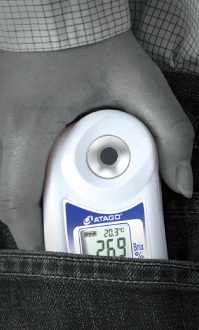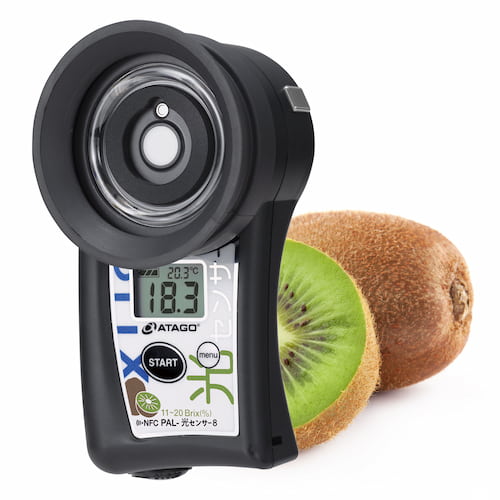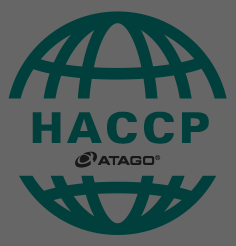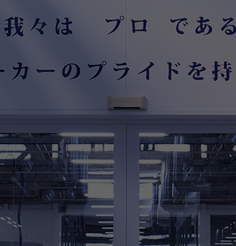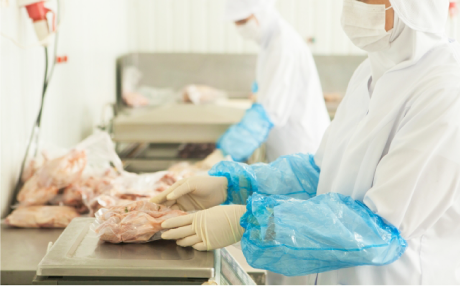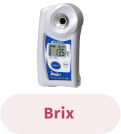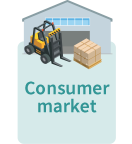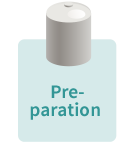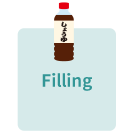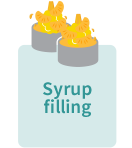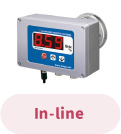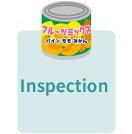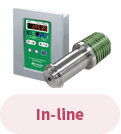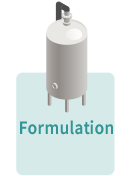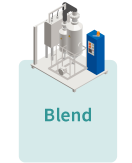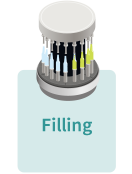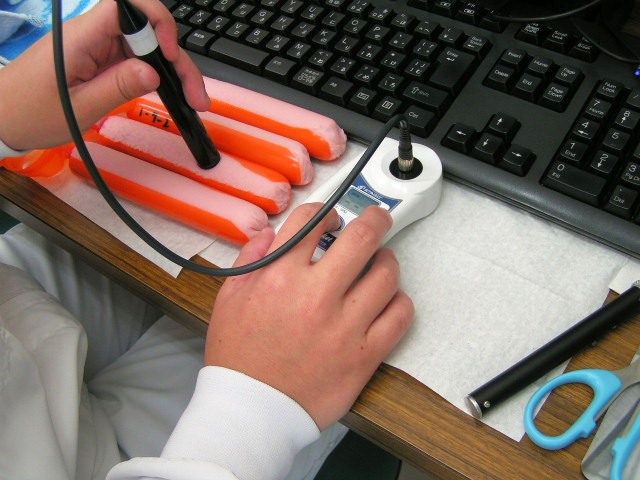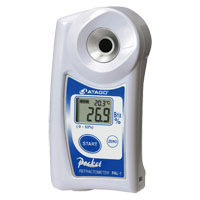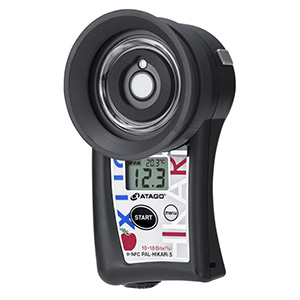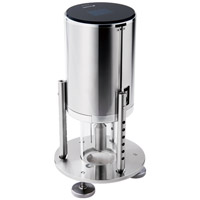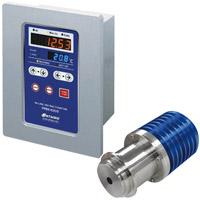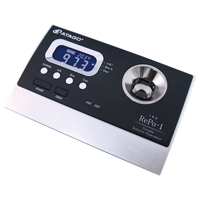In food safety science, what can cause health hazards to humans through food if not properly managed is called a hazard factor. Hazard factors are divided into three categories: "biological", "chemical", and "physical". When analyzing hazards in HACCP, it is necessary to consider the hazards using these three classifications.
Biological hazards
Many biological hazards refer to potential health hazards caused by microorganisms.
It can be roughly divided into (1) bacteria, (2) rickettsia, (3) virus, (4) protozoan, (5) yeast, and (6) mold. The damage caused by these is mainly food poisoning, and in some cases, the damage can be serious.
Chemical hazards
Chemical hazard refers to the danger of "chemical substances" such as chemicals, cleaning agents, and pesticides being accidentally mixed into food and causing harm to consumers.
The amount of additives such as sodium nitrite used in the production of sausages and hams and the amount of residuals are determined by the "Standards for Foods, Additives, etc." If you do, safety cannot be guaranteed and it can be a chemical hazard.
Physical hazards
Physical hazards include health hazards from hard foreign substances that are not normally contained in food.
Foreign substances such as metal pieces and glass pieces that may damage the mouth and digestive tract. In addition to being brought in when the ingredients are delivered, it may occur due to damage to kitchen knives, mixers, and other kitchen equipment used in the manufacturing process.
